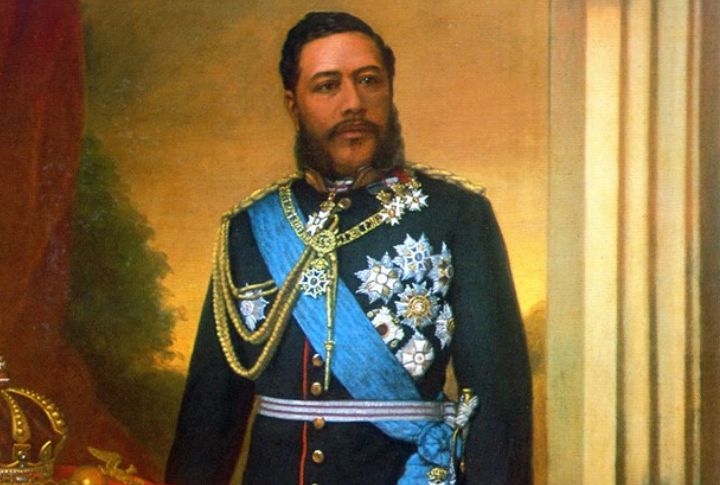
Power in Hawaii didn’t always sit easily on royal shoulders. Monarchs were constantly balancing the weight of ancestral law with mounting external pressures, trying to honor community values while navigating the growing influence of foreign powers. Let’s explore 10 little-known truths that reveal the complexity of their rule.
Hawaii Had A Constitution First
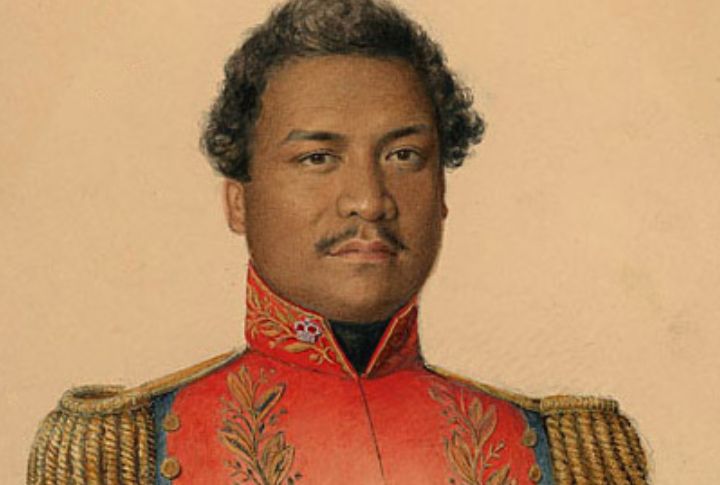
Back when some folks were still wrestling with cutlery, Kamehameha III gave Hawaii its first constitution in 1840. Fast-forward to 1852, and it included rights such as religious freedom and property ownership. Those things made early American lawmakers shift uncomfortably in their powdered wigs.
Kamehameha United The Islands
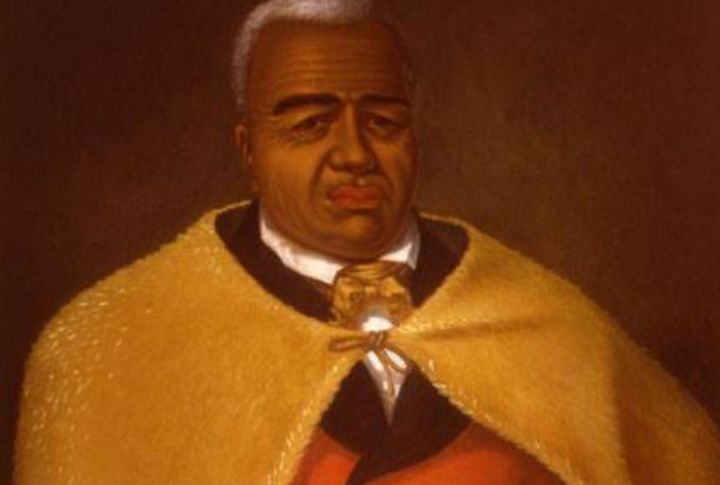
Kamehameha brought the Hawaiian Islands under one rule through strategy and strength. He used Western weapons, built key alliances, and won major battles. By 1810, after years of conflict and negotiation, he had unified the islands into a single kingdom that shaped Hawaii’s future for generations.
Liliʻuokalani Dropped Hits In Lockdown
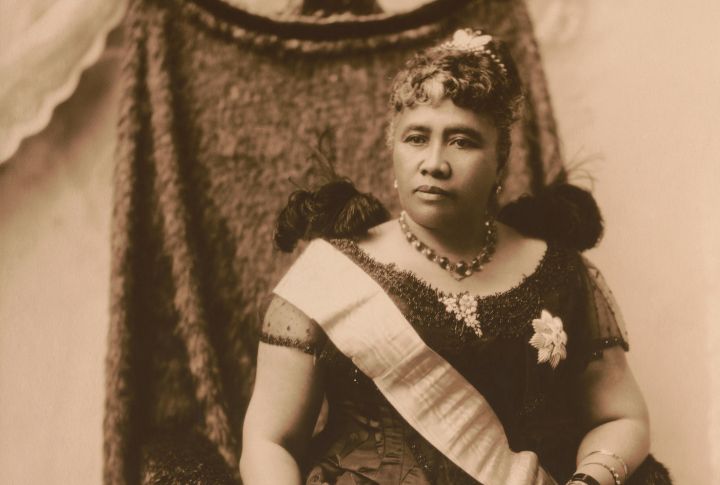
Queen Liliʻuokalani was a multifaceted composer. “Aloha ʻOe” wasn’t a one-hit wonder; she wrote more than 150 songs, even while under house arrest. Her music mixed tradition with soul to turn exile into expression. The monarchy may have ended, but her sound is still echoing through every goodbye.
Kalakaua Went Global
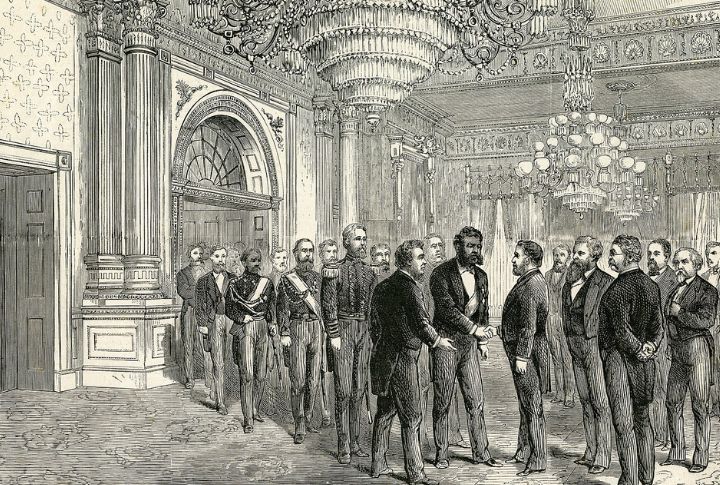
When Kalakaua set off around the world in 1881, it wasn’t for the souvenirs. He courted emperors, reasoned with the Pope, and chatted science with Edison. His trip was calculated. Hawaii needed labor sources and visibility. This was a flex, wrapped in silk sashes and strategy.
The Royals Had Ivy League Vibes
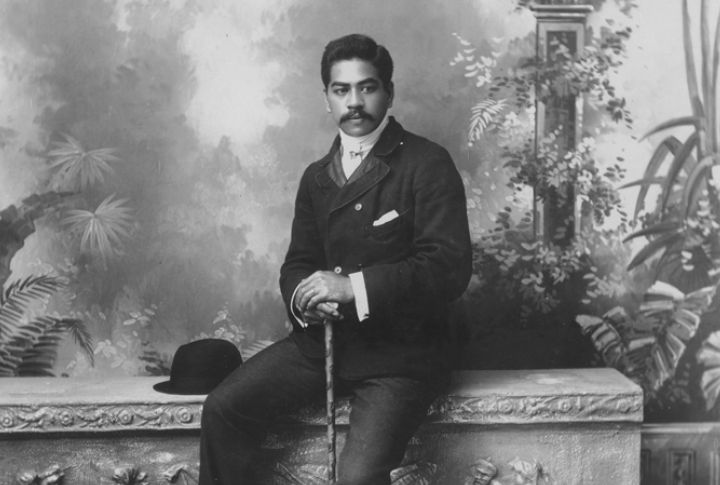
Hawaiian royals were also in classrooms. Prince Jonah Kuhio studied on the mainland and slid into Congress after annexation. Many royal family members were fluent in politics and law. Their brains shaped foreign diplomacy and laid the groundwork for modern Hawaiian identity.
Royal Women Didn’t Just Sit In The Back

Forget waiting in the wings, Queen Kaʻahumanu grabbed the reins and co-ruled like a political heavyweight. After Kamehameha’s death, she torched the kapu system and rewrote gender roles without asking permission. Hawaiian queens made laws and challenged the West’s fragile ideas about who gets to lead.
Kalakaua Tried To Nuke Colonialism
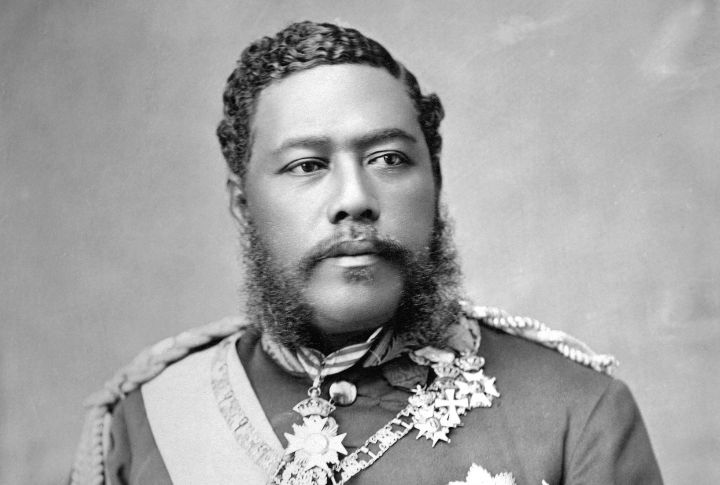
Long before global treaties addressed nuclear threats, King Kalakaua proposed a Pacific alliance to counter colonial influence. His vision called for a united Polynesia resisting foreign control through diplomacy and cooperation. The plan never materialized, but it planted seeds of regional solidarity that echoed far beyond Hawaii.
The Queen Was Overthrown For Annexation
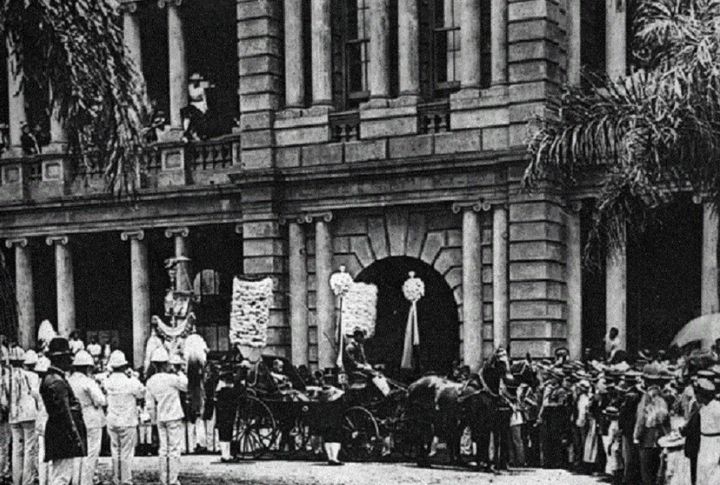
In 1893, Queen Liliʻuokalani was removed from power in a coup led by businessmen seeking annexation, not just sugar profits. They raised the U.S. flag and forced her surrender—done peacefully to prevent bloodshed. Even President Cleveland denounced the act as illegal. It was colonial ambition disguised as commerce.
The Palace Had Power Before D.C.
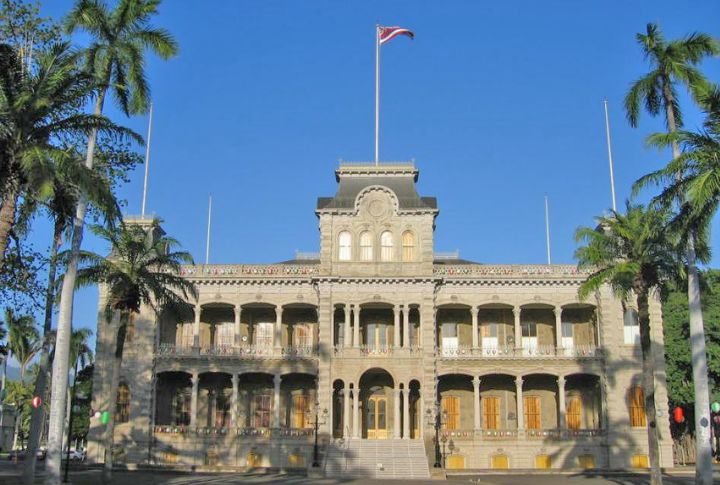
When ʻIolani Palace installed electric lighting in 1887, the White House was still lit by oil lamps. It also featured working telephones and indoor plumbing—modern luxuries at the time. Hawaii’s royal residence stood out as a symbol of progress and sophistication ahead of its era.
The Line Didn’t Die With The Throne
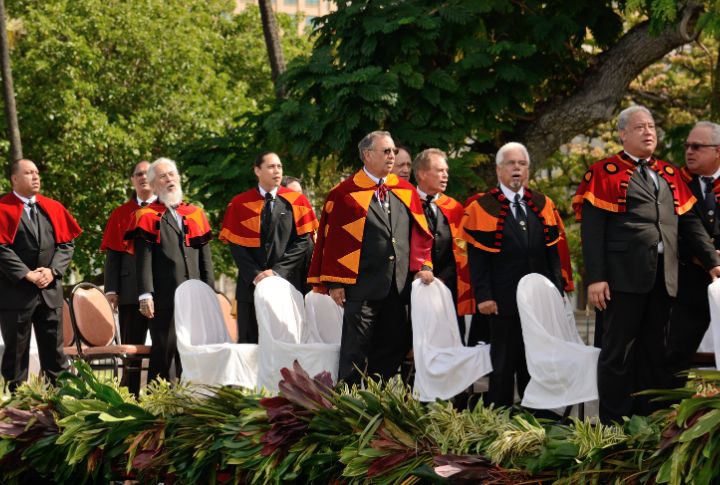
Hawaiian royalty lives on through descendants who keep the legacy active in public life and tradition. Whether it’s cultural preservation or calls for sovereignty, the bloodline flows strong. Annexation ended a reign, not a heritage that still holds deep meaning across the islands.
